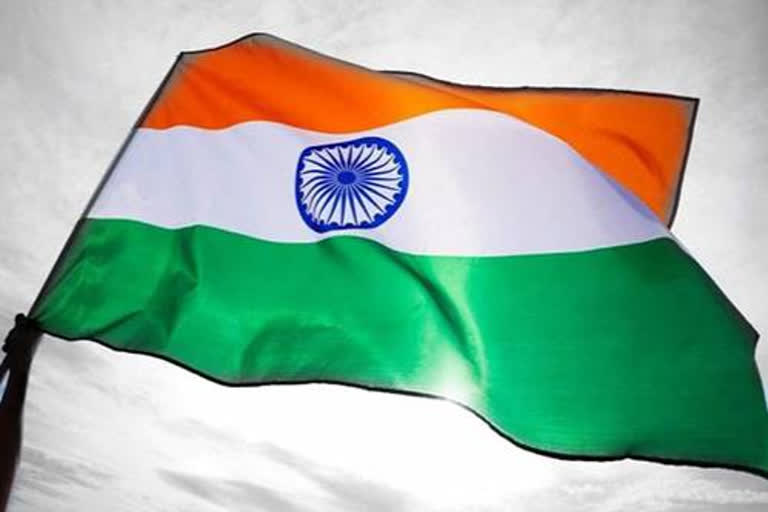Hyderabad: There is no denying that any art form is the archive of a society’s collective memory and cinema is no exception. The eruption of the OTT (Over-The-Top) market has proved that there is more to Indian cinema than Bollywood. The commercial formula-driven films, however, are still representing India outside India and so is Shah Rukh Khan, whose fan following is several folds humungous than his status as a Muslim icon.
When Dilip Kumar made his debut in the pre-independence era, the nation was going through the last leg of suppression and freedom was just three years away. The pluralism was still intact in the country but Devika Rani, who introduced Dilip to the industry would have sensed what lies ahead in years to come and suggested India's first superstar, Yusuf Khan, to adapt the screen name, Dilip Kumar.
He was then followed by actors like Madhubala (Mumtaz Jaan Dehlavi) and Meena Kumari (Mahjabeen Bano), Nimmi (Nawab Bano), Ajit (Hamid Ali Khan) and Jagdeep (Syed Ishtiaq Ahmed Jaffrey). Dilip's Dil Diya Dard Liya co-star Waheeda Rehman was also persuaded to adopt a different name, but for her, the name she was born with was dear to her than a career in the film industry. Years later, Naseeruddin Shah and Amjad Khan also retained their original names.
When Aamir Khan and Salman Khan made their debuts in the late 80s and Shah Rukh Khan joined them in the early 90s, India's sociopolitical landscape was changing. The three Khans ruled Hindi screens for more than three decades without distancing from their religious identity and are considered as the last superstars the industry will ever witness. Their on-screen identity and filmography, however, are largely made of different shades of screen names 'Rahul' and 'Prem' since everything boils down to business with the ultimate goal of selling more tickets.
Recently, the industry was accused of spreading love jihad when the trailer of Farhan Akhtar's latest release Toofan released. "BoycottToofaan" trended on Twitter but the film topped streaming giant Amazon Prime Video's list of most-watched videos within the first week of its release and once again proved that cacophony on social media is not the pulse of the nation with over a billion population. In a country, where the name of Kareena Kapoor Khan and Saif Ali Khan's toddler makes headlines and becomes topic of discussion on social media, the interfaith marriages of celebrities, however, reflect pluralism within the industry.
With the basic aim of serving entertainment, cinema is an important tool when it comes to promoting fraternity among diverse groups in a country like ours. Beyond entertainment, cinema makes society aware of its past, history and tradition in a very interesting way. Hence, particular themes dominated each decade. The themes of social realism during the Golden Age of Indian cinema, the portrayal of urban poverty, corruption and crime in 70s, the rise of commercial Hindi cinema in the 80s while the 90s were all about the projection of middle-class aspiring Indians.
With the monopoly of the big screens and power system being challenged by the streaming platforms, the rise of indigenous content and stories from the heartland of the country is the essence of the season. Actors like Ayushmann Khurrana and Taapsee Pannu are leading the pack to break the stereotypes and their success speaks volumes about the evolvement of both, cinema and audience.
On the final note, the rise and commercial success of female-centric films in recent times also offer a mirror view of the change in the position of women in society. Almost all leading female actors like Anushka Sharma, Priyanka Chopra Jonas, Deepika Padukone, Kangana Ranaut, Taapsee Pannu, Alia Bhatt and others have ventured into production. With writers like Kanika Dhillon, Juhu Chaturvedi, Alankrita Shrivastava and Anvita Dutt Guptan are changing the face of Indian cinema which is still male-dominated similar to our society.
